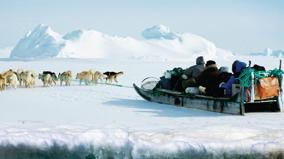Skip to content
Accessibility
The Arctic (31)
-
Available in English Options
-
 Across Arctic Ungava1949 20 min
Across Arctic Ungava1949 20 min -
 Caribou of Northern Canada1971 13 min
Caribou of Northern Canada1971 13 min -
 Nowhere Land (Inuktitut Version)2015 14 min
Nowhere Land (Inuktitut Version)2015 14 min -
 Postcards from Canada2000 41 min
Postcards from Canada2000 41 min -
 Three Thousand (Inuktitut Version)2017 14 min
Three Thousand (Inuktitut Version)2017 14 min





























